Expansion of E-commerce Platforms
The proliferation of e-commerce platforms has transformed the retail landscape for the Skin Whitening Product Market. Online shopping offers consumers a convenient way to access a wide range of skin whitening products, often at competitive prices. This shift towards digital retailing has been accelerated by the increasing penetration of smartphones and internet access. Data suggests that e-commerce sales in the beauty and personal care sector are expected to account for over 30% of total sales by 2026. This trend not only broadens the consumer base but also allows brands to reach niche markets, thereby driving growth in the skin whitening segment.
Increasing Awareness of Skin Health
The rising awareness regarding skin health and aesthetics is a pivotal driver for the Skin Whitening Product Market. Consumers are increasingly educated about the effects of sun exposure, pollution, and aging on skin tone. This awareness has led to a surge in demand for products that promise to enhance skin brightness and even out skin tone. According to recent data, the skin care segment, which includes skin whitening products, is projected to grow at a compound annual growth rate of approximately 5.5% over the next five years. This trend indicates a robust market potential for skin whitening products as consumers prioritize skin health and appearance.
Influence of Celebrity Endorsements
Celebrity endorsements play a crucial role in shaping consumer perceptions and preferences within the Skin Whitening Product Market. High-profile endorsements can significantly enhance brand visibility and credibility, leading to increased sales. As consumers often aspire to emulate the beauty standards set by celebrities, products endorsed by popular figures tend to experience a surge in demand. Recent studies indicate that brands leveraging celebrity endorsements can see sales increases of up to 20%. This dynamic suggests that strategic partnerships with influencers and celebrities could be a key driver for growth in the skin whitening market.
Growing Demand for Anti-Aging Products
The growing demand for anti-aging products is a significant driver for the Skin Whitening Product Market. As consumers become more conscious of aging signs, they seek products that not only lighten skin tone but also provide anti-aging benefits. This dual functionality appeals to a broad demographic, particularly among middle-aged consumers. Market analysis indicates that the anti-aging segment is expected to witness a growth rate of around 6% annually, further propelling the demand for skin whitening products that incorporate anti-aging properties. This trend highlights the potential for innovation in product formulations to meet evolving consumer needs.
Regulatory Changes and Safety Standards
Regulatory changes and evolving safety standards are increasingly influencing the Skin Whitening Product Market. Governments and health organizations are implementing stricter regulations regarding the ingredients used in skin whitening products, aiming to ensure consumer safety. This shift has prompted manufacturers to innovate and reformulate their products to comply with new regulations. For instance, the introduction of guidelines limiting harmful substances has led to a rise in demand for safer, more effective alternatives. As a result, companies that prioritize compliance and safety are likely to gain a competitive edge in the market.


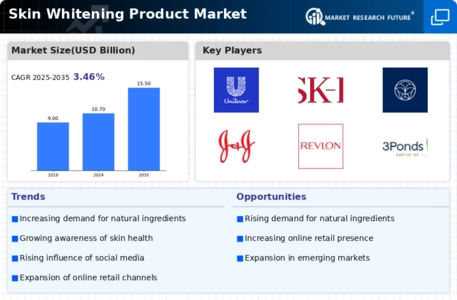
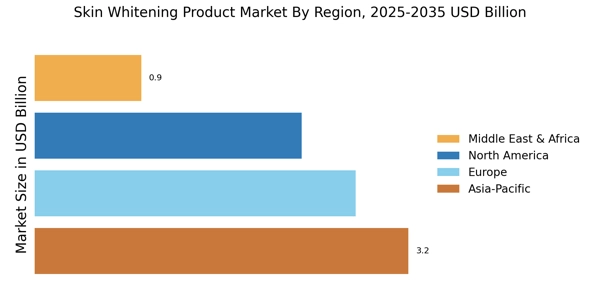
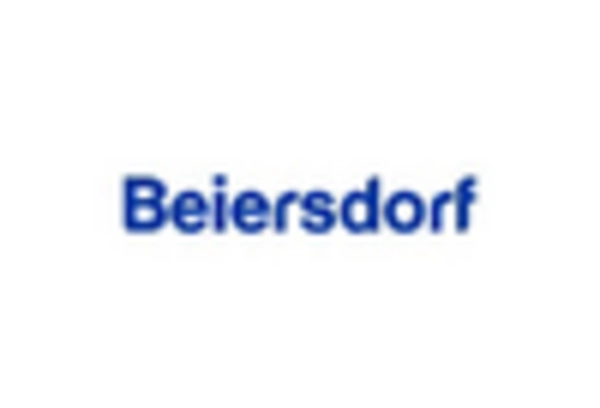

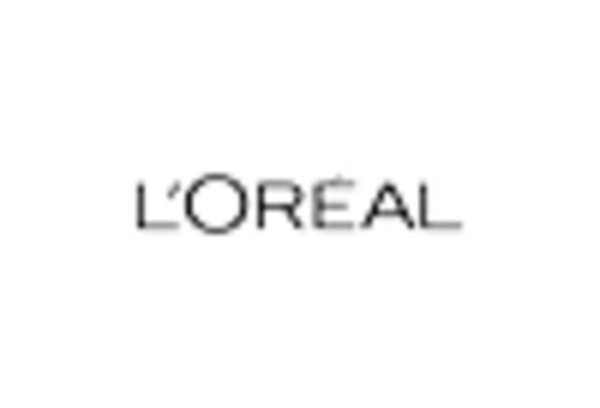
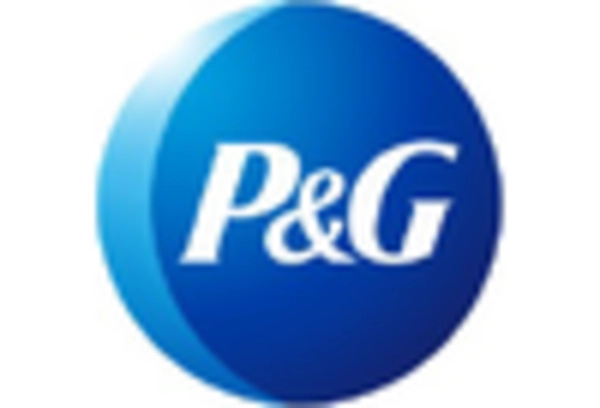
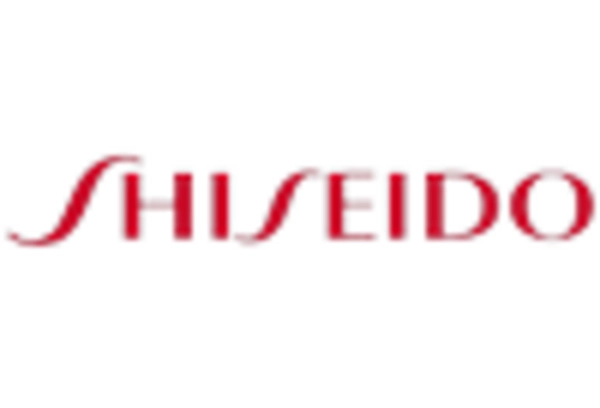
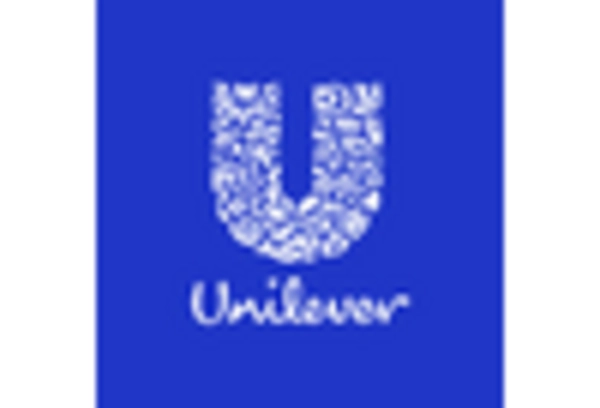








Leave a Comment